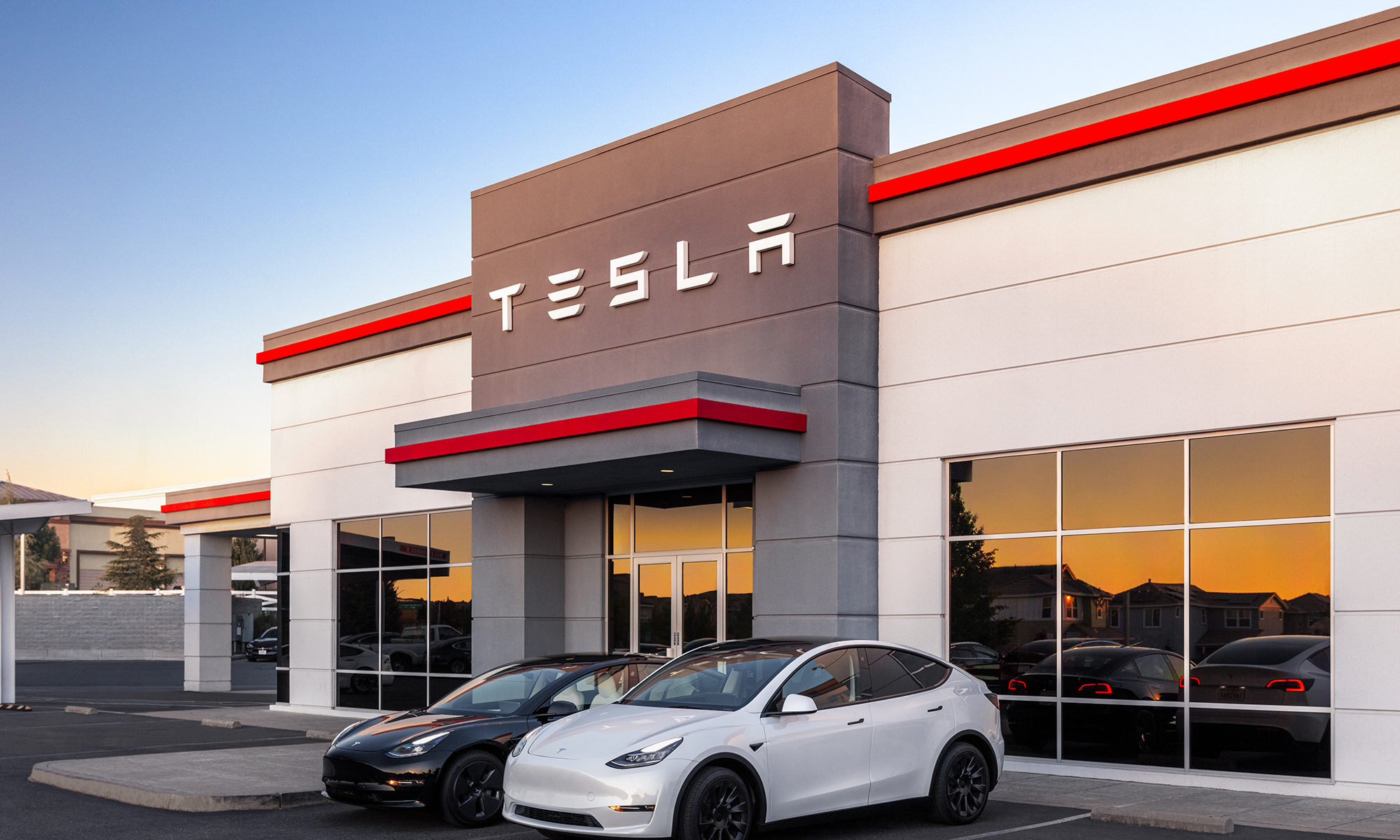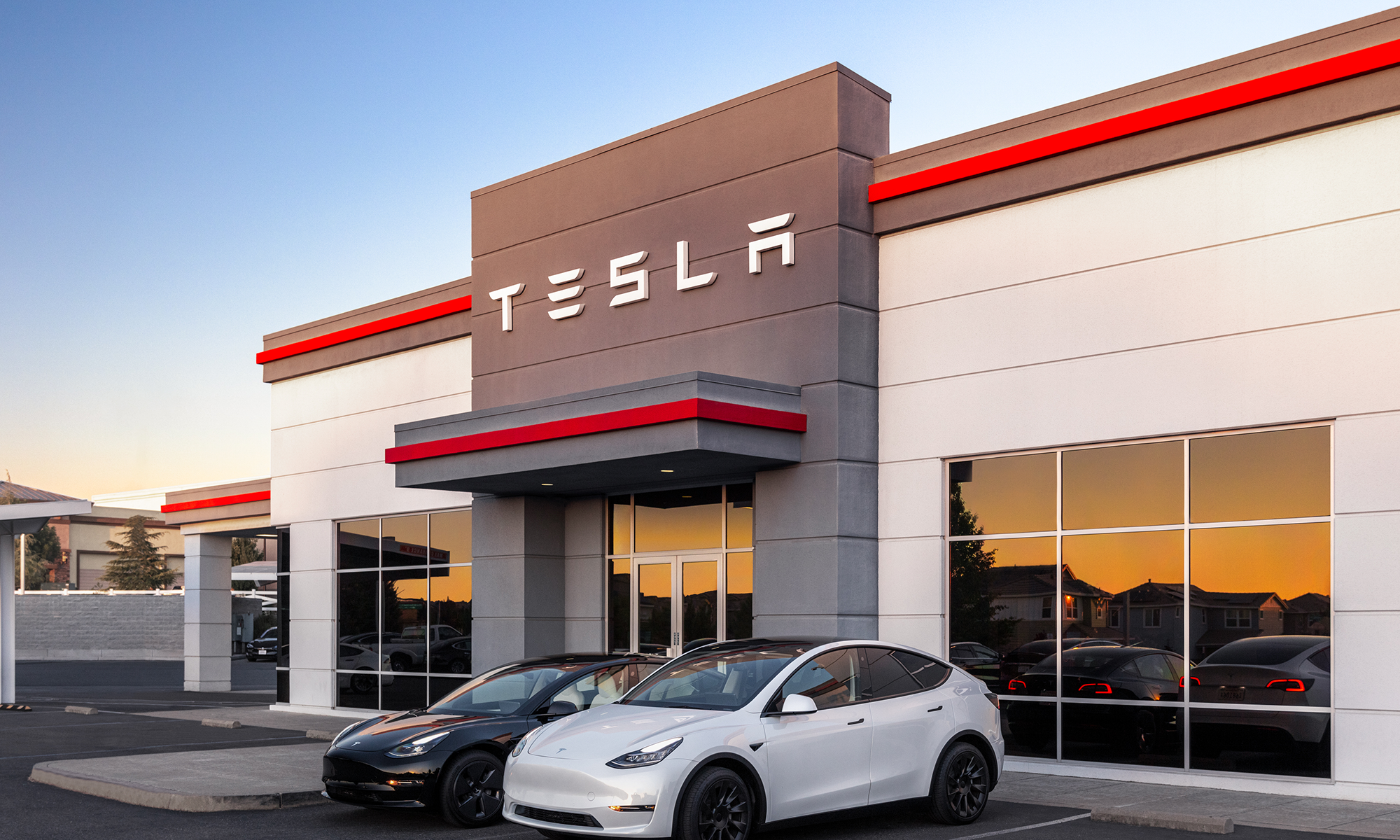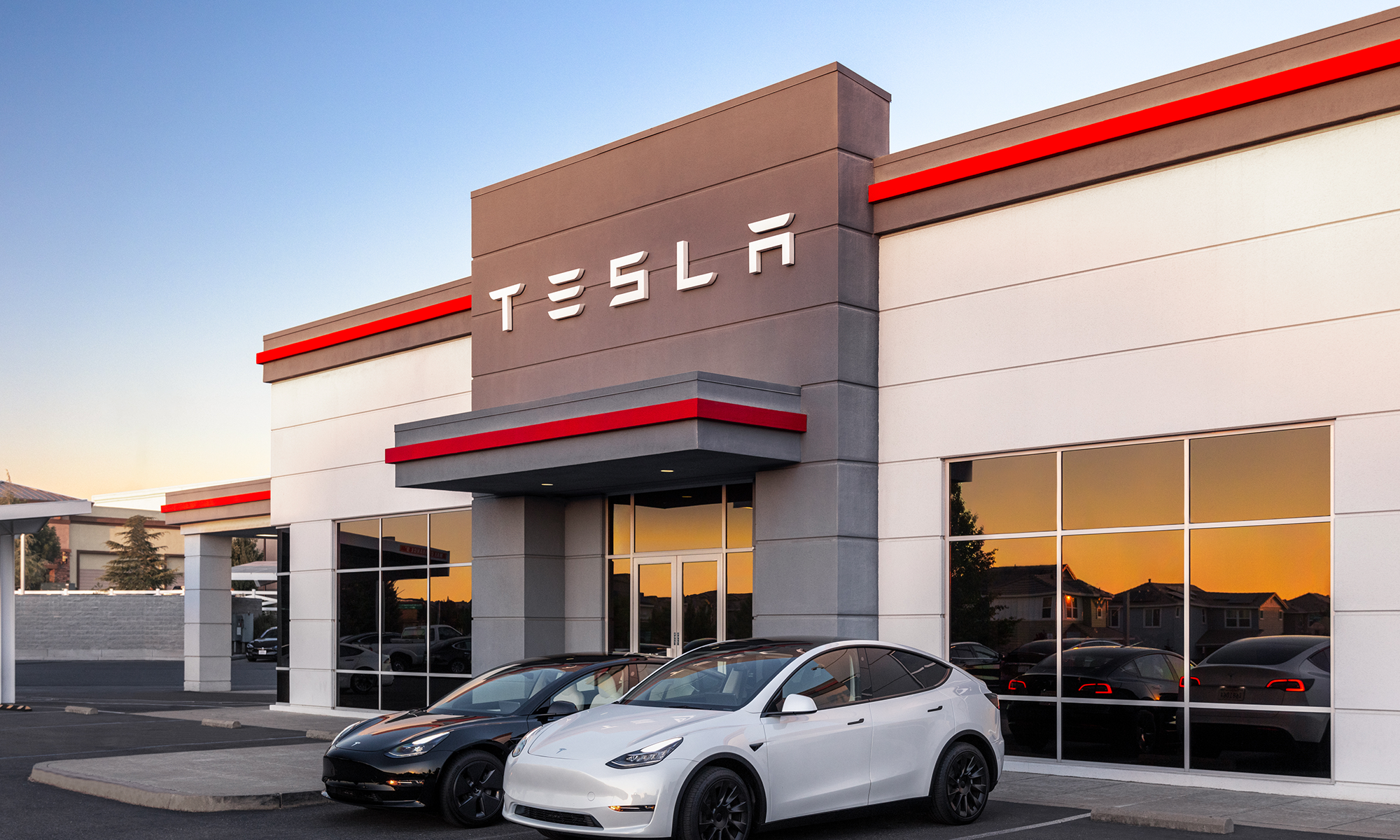Tesla's (TSLA 0.15%) earnings calls have fallen into a familiar pattern: CEO Elon Musk explains why his company keeps missing its Model 3 production targets and why it's going to start hitting them in the next quarter.
Investors are hoping Tesla's first-quarter report, due out May 3, will break that routine.
For the period, analysts are expecting Tesla to report a loss of $3.54 per share, significantly worse than the $1.33 loss per share in the same period last year. The last time Tesla reported an adjusted profit was the 2016 third quarter, when it posted adjusted earnings of 71 cents per share.
Tesla's stock is down about 6% in the past year as it struggles to ramp up production on its prized Model 3. But despite that drop, its market cap is about $49 billion, which is higher than Ford's (F +0.53%) nearly $44 billion market cap.
Tesla seems to have a lot of fans and a lot of naysayers. But whether you're a Tesla bull or a bear, here are the two things to look for in Tesla's earnings report:

Tesla has missed every production target for the Model 3. Image source: Tesla.
1. How fast is Tesla making the Model 3?
The Model 3 has caused much drama for the company over the past year. Expectations have always been high for the vehicle, which is meant to bring electric cars to the masses with its $35,000 price tag. However, the company can't seem to hit a Model 3 production target to save its life.
During last year's Model 3 delivery event, Musk promised that Tesla would be making 10,000 Model 3 vehicles per week by the end of 2018, and he implied that this would be an easy target to hit. Things are looking less certain now, but Musk maintains that target is feasible.
The company is aiming for a weekly production rate of 2,500 vehicles by the end of March, so investors will be eager to hear on Wednesday if the company actually hit that target. By the end of the second quarter, Tesla hopes to be making 5,000 vehicles per week. But even if it does manage to reach these marks, the company will still be significantly behind initial targets to produce 5,000 vehicles per week by the end of 2017.
As Tesla struggles to live up to its promised targets, it has some other looming problems. The company is facing multiple abuse allegations from factory workers, including instances of racial harassment and gender discrimination. In addition, the United Auto Workers (UAW) filed a complaint against Tesla alleging that the company retaliated against workers who were involved in unionizing efforts by disciplining or firing them. The company fired about 400 employees in October.
On top of that, the California Division of Occupational Safety and Health said on April 18 that it was investigating the working conditions at the Fremont factory, where the Model 3s are built. This is a result of allegations that Tesla is under-reporting injuries and illness at the site.
Musk himself recently admitted that they were in the midst of "production hell" in order to get Model 3s to all the people who made reservations. And production was even halted for four to five days in April to tweak automation equipment to help speed up manufacturing.
The bottom line is that Tesla was supposed to be producing thousands of Model 3s per week to help fund other projects like its battery-making Gigafactory. But rather than waiting, the company started numerous other projects before the Model 3 production line even hit 2,500 vehicles per week. And now Tesla's financial situation is stretched thin.
2. Will Tesla need to raise more capital in 2018?
Tesla's capital situation is on shaky ground. Musk has been adamant that Tesla won't need to raise more capital this year because it will be profitable and cash flow positive in the second half of 2018. But based on Tesla's history of hitting its targets, many investors have their doubts about Musk's profitability timeline.
The Economist used to be boring, but smart with a wicked dry wit. Now it's just boring (sigh). Tesla will be profitable & cash flow+ in Q3 & Q4, so obv no need to raise money.
— Elon Musk (@elonmusk) April 13, 2018
The company's ambitious projects have racked up about $10 billion in long-term debt, up from $6 billion in the prior year, as well as $23 billion in total liabilities, according to its last earnings report. In terms of cash and cash equivalents, the company reported $3.4 billion.
The company has also said that it expects its capital expenditures to be slightly greater in the 2018 financial year than in 2017 as it ramps up production at its Nevada Gigafactory and the Fremont plant.
However, it's not impossible for Tesla to make a turnaround this year -- it all comes down to whether the company can keep its word on production goals.






